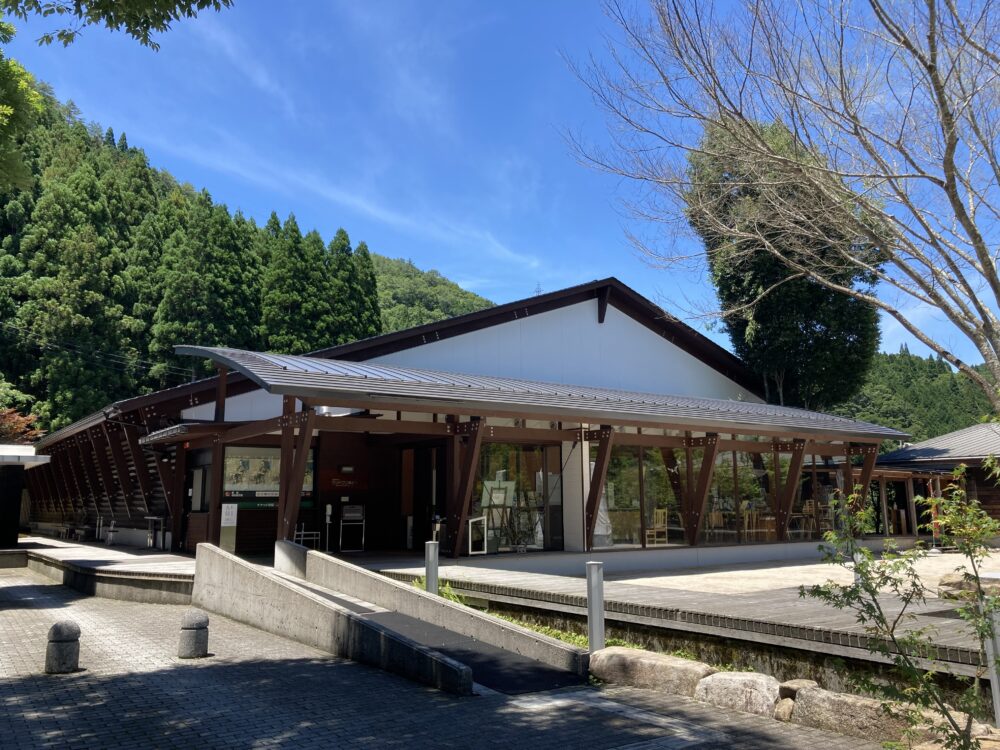
Woodone Museum of Art – An Art Spot in the Mountains of Hiroshima
Tucked away in the peaceful mountains of western Hiroshima Prefecture, the Woodone Museum of Art offers a quiet retreat for art and nature lovers alike.
While Hatsukaichi City is best known for the coastal World Heritage Site of Itsukushima Shrine, this museum is located in the city’s northwestern highlands—close to the borders of Yamaguchi and Shimane Prefectures. At an elevation of 600 meters, the area is known for its breathtaking seasonal landscapes. Each visit offers a new view of nature.
The museum was established in 1996 by Woodone, a Japanese housing materials company, to share its private art collection with the public.
Warm Wood Interiors and Masterpieces from Around the World
Inside, you’ll find works by famous artists such as Vincent van Gogh, Pierre-Auguste Renoir, and Ryusei Kishida. The museum’s diverse collection also includes Meissen porcelain, Art Nouveau glassware, and ceramics from Qing Dynasty China and Satsuma ware from Japan.
The building itself features wood-rich architecture, creating a warm and calming atmosphere that blends beautifully with the surrounding landscape. Viewing art here, with panoramic mountain views just outside, feels like stepping into a peaceful, timeless space.
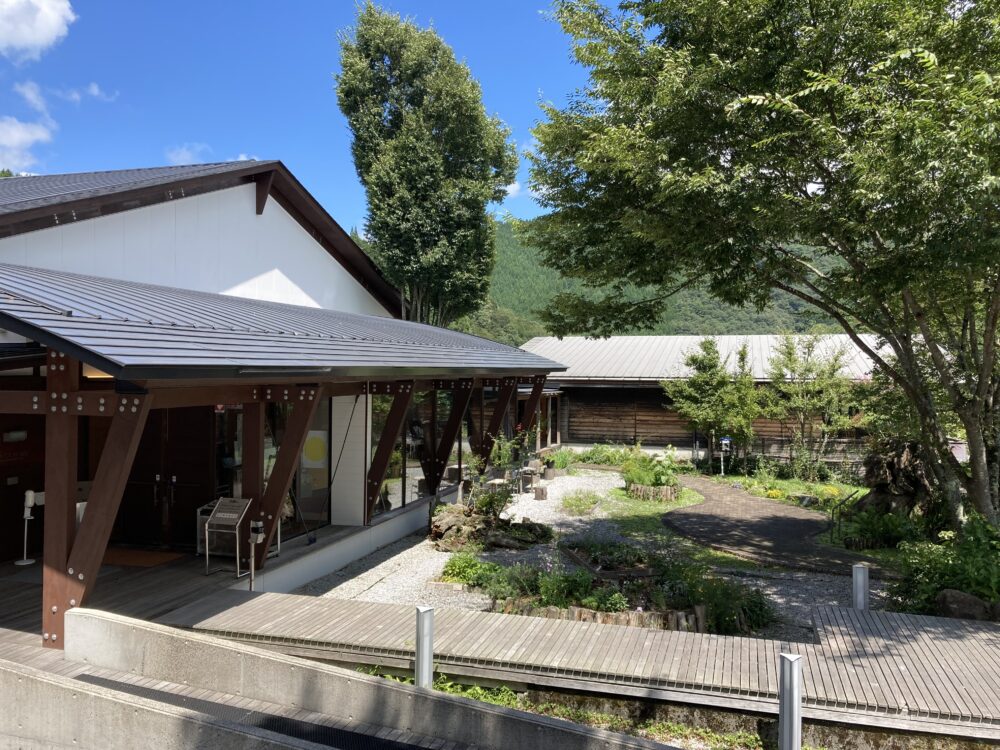
Relax in Nature Before or After Your Visit
Nearby attractions include Quwelle Yoshiiwa, a natural hot spring facility, as well as ski resorts and campgrounds, making it easy to enjoy both art and the great outdoors in one trip.
If you’re traveling by car, it’s just a 5-minute drive from the Yoshiwa Interchange on the Chugoku Expressway. If using public transportation, you can reach the museum by taking a bus transfer from JR Miyauchikushido Station.
Rather than simply visiting an art museum, think of it as an art experience woven into a journey through nature.
Why not take a trip and see it for yourself?
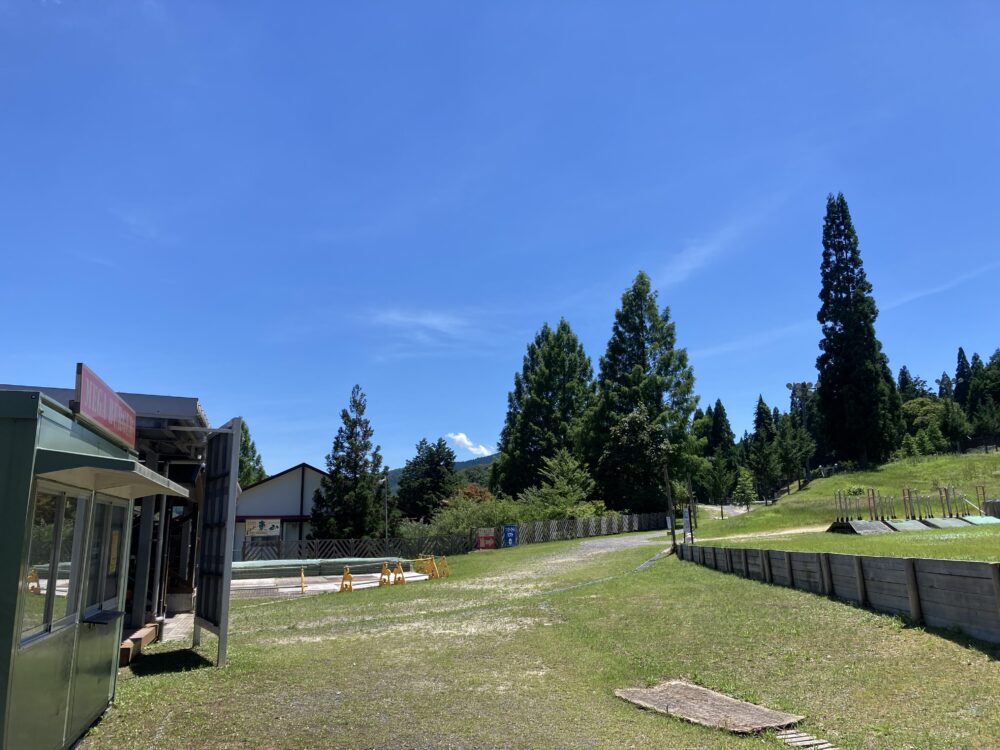
Highlights from the Woodone Museum Collection
Note: The Woodone Museum does not have a permanent painting exhibition. Instead, selected pieces from the collection are shown during special exhibitions. If there is a particular artwork you wish to see, please check the PDF brochure available on the official website for current exhibition details.
▶ Visit the Official Woodone Museum Website
Auguste Renoir, “Woman Study” and “Woman with a Basket of Flowers” (1895)
About This Work (Tap or Click to View)
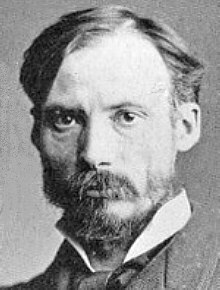
Renoir’s Decorative Art
When you think of Renoir, you probably picture graceful women bathed in soft light. Two such masterpieces can be found at the Woodone Museum of Art—“Woman Study” and “Woman with a Basket of Flowers.”
These paintings were purchased at a Tokyo auction in 2005 for a remarkable 310 million yen (about 3 million USD at the time).
Interestingly, these two works resemble another pair Renoir painted around 1889—“Girl with a Fish Basket” and “Girl with a Basket of Oranges.” That earlier pair was created as decorative panels for the doors in the home of art dealer Paul Durand-Ruel. Both feature full-length women holding baskets, set in vertically elongated formats.
Because the two Renoirs at the Woodone Museum are nearly identical in size and style, art historians believe they were also originally designed as decorative panels—possibly even for doors.
A Masterpiece from Renoir’s Mature Period
In the 1880s, Renoir briefly explored a more classical and structured painting style. But before long, he returned to his signature soft, light-filled brushwork. These two paintings were created during that renewed phase, when he once again celebrated light, color, and the beauty of human skin.
What makes these paintings even more special is their format. Full-length portraits of women on vertical canvases are quite rare in Renoir’s body of work.
With their glowing skin tones, gentle atmosphere, and the graceful, everyday gestures of the women, these works capture the timeless beauty Renoir so often sought to express.
Photos simply can’t convey the soft, calming presence of these paintings.
To truly experience their gentle charm, we recommend seeing them in person at the Woodone Museum.
Vincent van Gogh, “Peasant Woman” (1885)
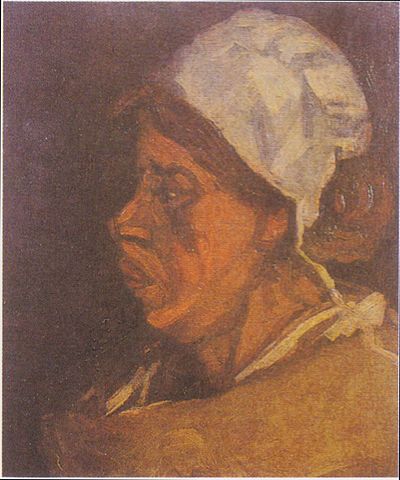
About This Work (Tap or Click to View)
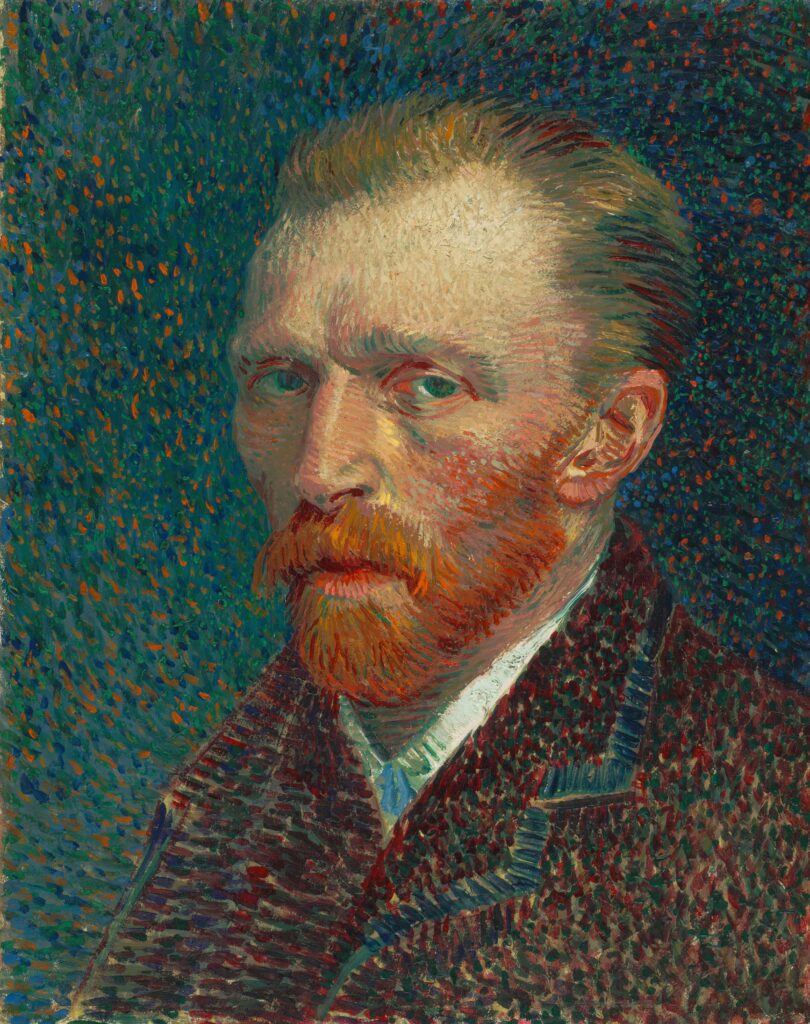
A Dark and Quiet Painting—Is This Really Van Gogh?
When most people think of Van Gogh, they picture bright, vivid works like Sunflowers, The Café Terrace at Night, or The Starry Night. But Van Gogh’s “Peasant Woman”, housed at the Woodone Museum, offers a very different mood. It’s dark, heavy, and quiet—without the vivid colors that made him famous.
This painting is from Van Gogh’s early years, before he moved to southern France. It was painted around 1885 in Nuenen, a rural town in the Netherlands, and shows the influence of his somber Dutch period.
Interestingly, many of his works from this time were stored in a wooden box by his mother, Anna Cornelia Carbentus, who reportedly didn’t see much value in her son’s art. When Van Gogh later became famous and tried to recover them, it was too late—they had been sold cheaply to a local dealer. This painting is believed to be one of those early pieces.
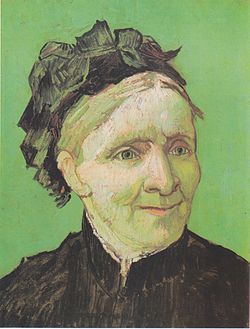
Van Gogh’s Deep Respect for Workers
Van Gogh began studying art seriously at the age of 27. He admired artists like Jean-François Millet from the Barbizon School, who painted rural laborers with dignity and realism.
“Peasant Woman” was one of Van Gogh’s preparatory studies for his first major work, The Potato Eaters. Determined to improve his figure drawing, he sketched local farmers and peasants again and again—setting himself the goal of making 50 portraits.
His passion and intensity later earned him the nickname “the mad artist,” but at his core, Van Gogh was deeply compassionate. He once aspired to be a preacher and always sought to stand beside the poor and working class.
The sunburned skin, deep-set wrinkles, and quiet strength in this woman’s face reflect Van Gogh’s genuine respect and empathy for laborers. This is more than a realistic portrait—it’s a heartfelt record of someone’s life and dignity.
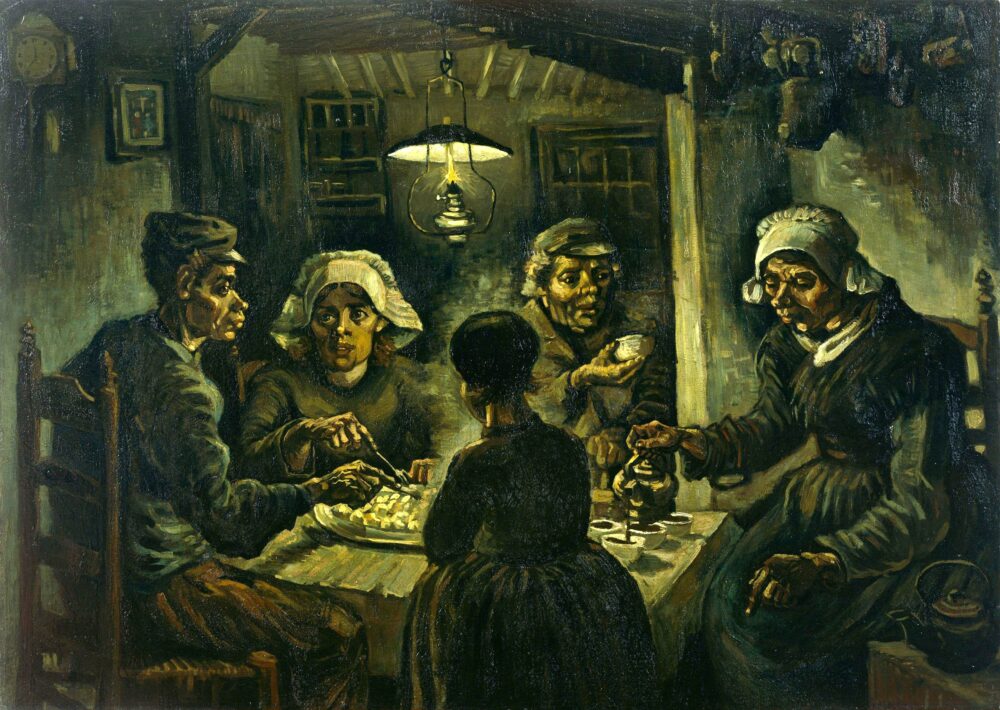
Collection of the Van Gogh Museum
Ryusei Kishida, “Portrait of Reiko with a Wool Shawl” (1920)
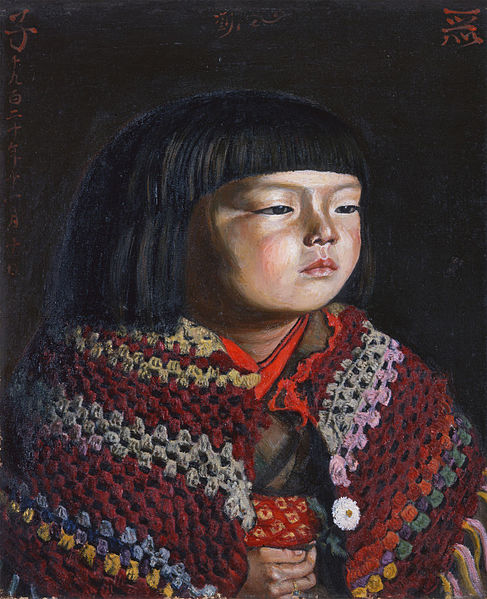
About This Work (Tap or Click to View)
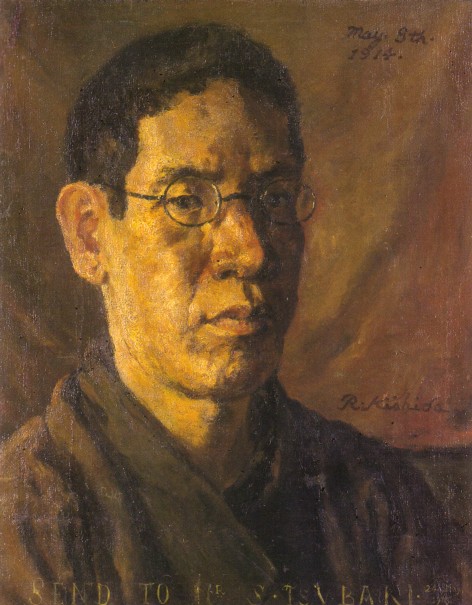
The Changing Face of Reiko
Japanese artist Ryusei Kishida is best known for the many portraits he painted of his daughter, Reiko. One standout example is “Portrait of Reiko with a Wool Shawl,” created at a turning point in his artistic journey.
In the late 1910s, Kishida was influenced by the hyper-detailed realism of Western masters like Albrecht Dürer, producing stunningly lifelike portraits. But by the early 1920s, he began to lose interest in strict realism.
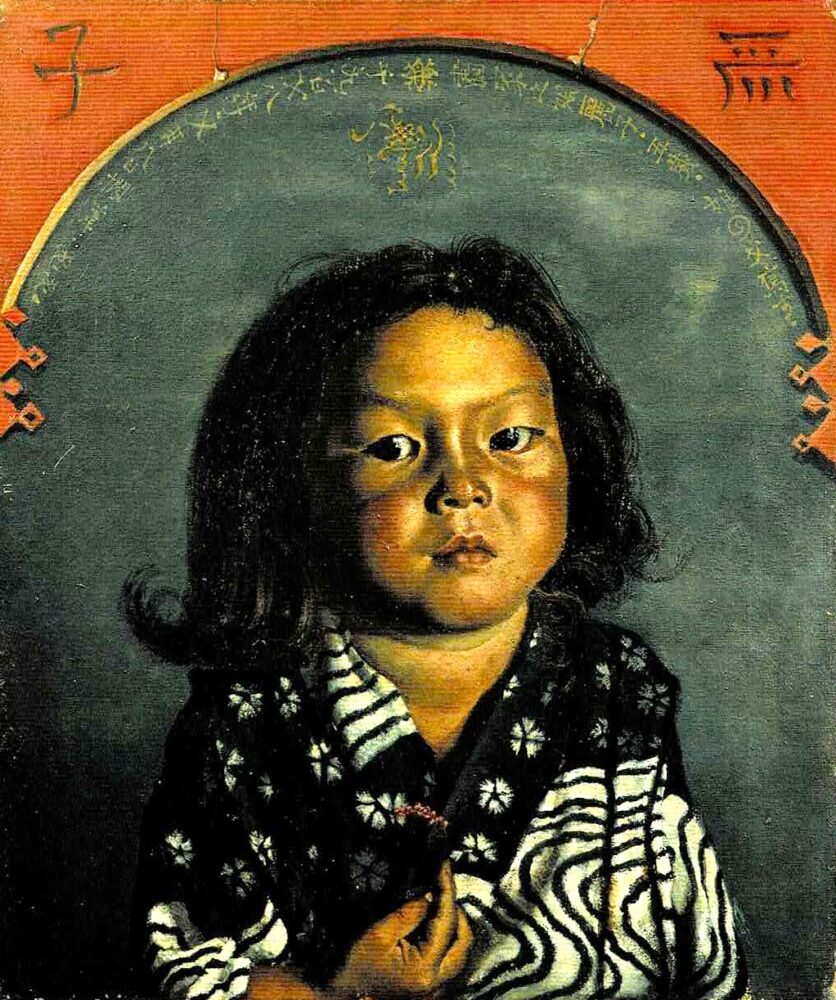
Collection of the National Museum of Modern Art, Tokyo
Inspired by Traditional Asian Art
Kishida grew more drawn to the bold forms seen in classical Japanese and Chinese art. In his 1921 work “Reiko Smiling” (in the collection of the Tokyo National Museum), Reiko is shown with a wide head, tiny hands, and a calm expression that resembles a Buddha statue.
Kishida described this unique style as “derori”—a strange yet powerful kind of beauty. These portraits were no longer about photographic realism. Instead, they explored form, emotion, and a new kind of expression.
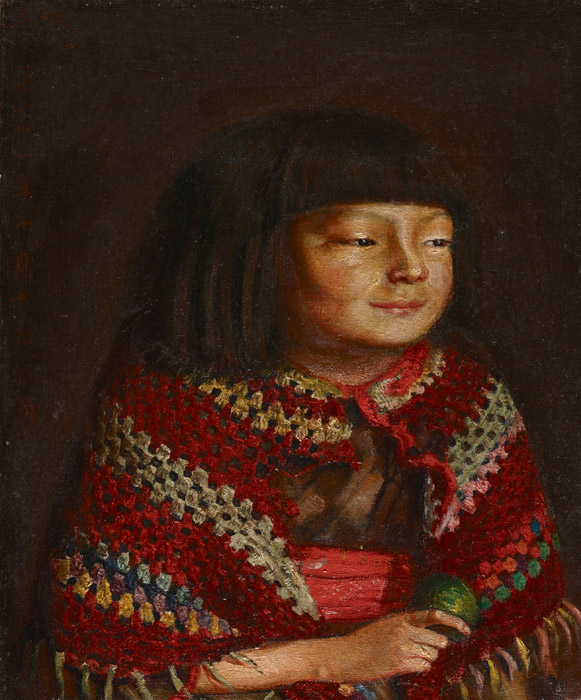
Collection of the Tokyo National Museum
From Realism to Inner Truth
“Portrait of Reiko with a Wool Shawl” was painted right at the edge of this transition. While it still shows the careful detail of his earlier style, you can sense Kishida beginning to explore a new artistic language.
It’s realistic—but not just about physical accuracy. Kishida was searching for a way to capture Reiko’s presence and spirit, not just her appearance.
In this one painting, you can feel the artist’s deep love as a father and his internal struggle as a painter. It’s a quiet but powerful work, made during a time when Kishida was questioning what portraiture—and art itself—should be.
Maruyama Ōkyo, “Old Pine Tree, Bulrushes, and Carp” (1779)
About This Work (Tap or Click to View)
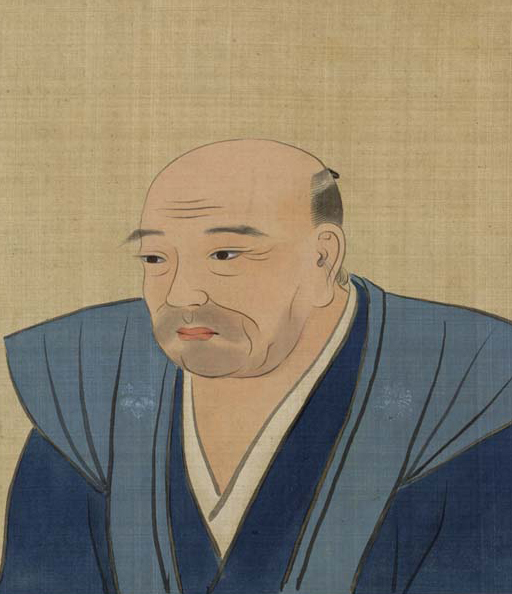
A Pioneer of Perspective in Japanese Painting
Maruyama Ōkyo is famous for blending traditional Japanese painting techniques with Western-style perspective. His works have a delicate sense of depth while still maintaining the elegant composition typical of Nihonga (Japanese painting).
One of his best-known pieces, Old Pine Tree, Bulrushes, and Carp, is a great example of this fusion. The gentle flow of the river, the lifelike roundness of the carp, and the clever use of negative space create the illusion of a real three-dimensional scene.
Despite its realism, the work still captures the quiet elegance of traditional Japanese art. Look closely, and you’ll notice the atmosphere feels calm, vast, and beautifully serene.
Nature, Observed with Care
Ōkyo was known for his obsessive sketching—he always carried a sketchbook and captured the details of nature wherever he went.
This work reflects that dedication. The curves of the pine branches, the texture of the bark, and the way the bulrushes grow straight and soft—all show deep observation and skill. The carp, with its rounded body and expressive eyes, even carries a hint of gentle humor.
This painting is quiet, natural, and full of life. It captures both how Ōkyo saw the world and how he felt about it.
Yokoyama Taikan, “Dawn over the Eastern Sea” (1940–1947)
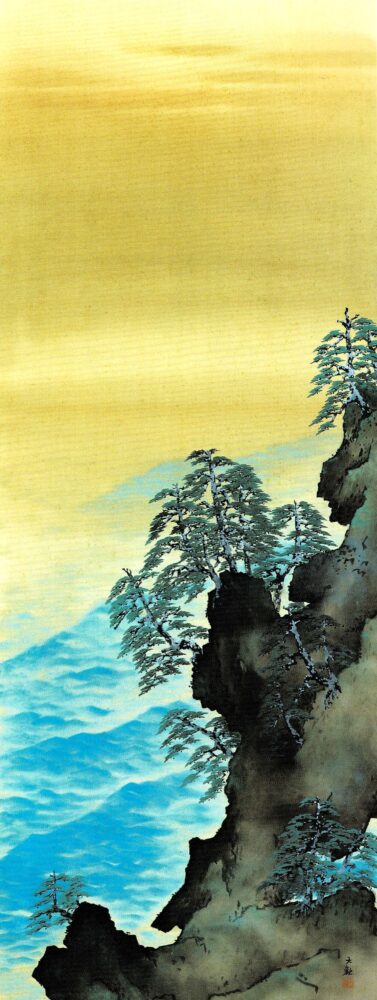
About This Work (Tap or Click to View)
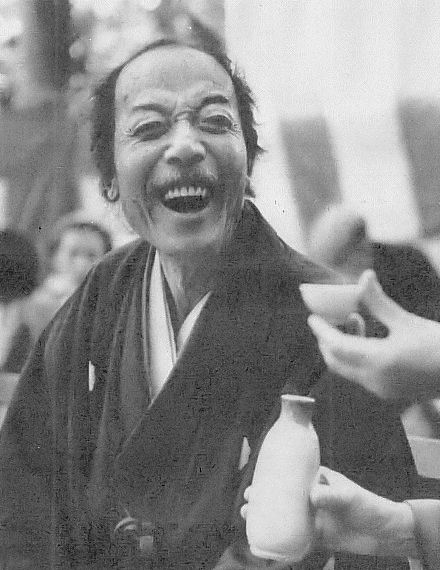
A Revolutionary of Modern Japanese Painting
Yokoyama Taikan (1868–1958) is one of the most important figures in modern Nihonga. He developed a unique painting style called Mōrōtai (literally “blurred style”), which brought soft, atmospheric tones into traditional Japanese painting using Western techniques.
Together with art critic Okakura Tenshin, Taikan founded the Japan Art Institute. When finances forced them to relocate from Tokyo to the coastal village of Izura (Ibaraki Prefecture), Taikan fell in love with the area’s dramatic cliffs and windswept pines—scenes that inspired many of his works.
Though Dawn over the Eastern Sea doesn’t name the location directly, the towering cliffs and iconic pine trees suggest it’s a view of Izura.
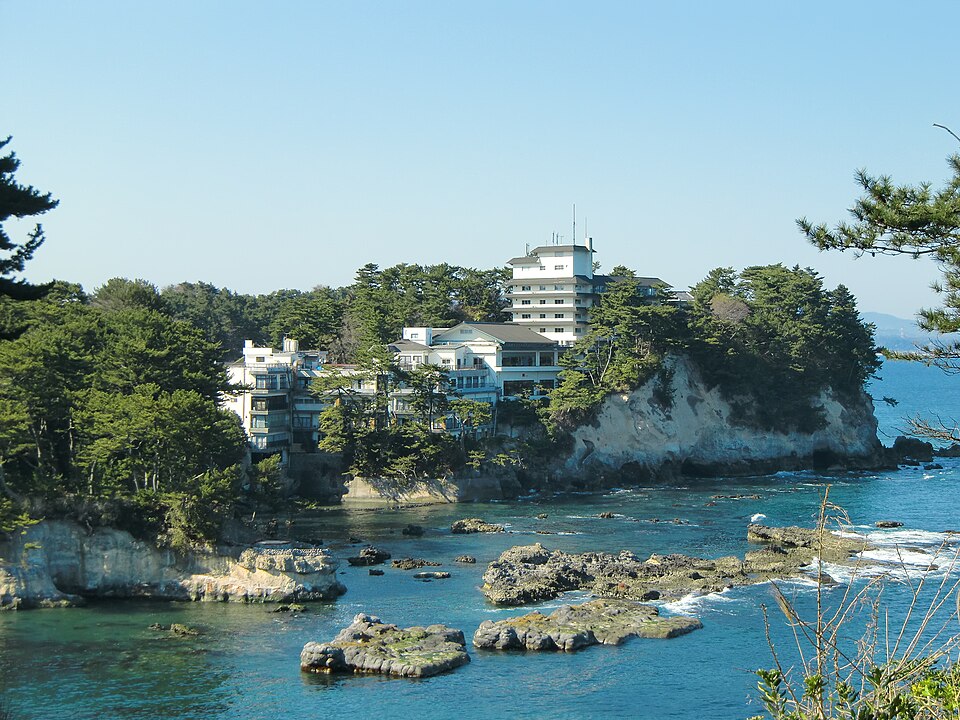
img: by On-chan
A Ray of Hope in Turbulent Times
This painting was created between 1940 and 1947—during World War II, Japan’s defeat, and the uncertainty of postwar life. Taikan himself was deeply involved in wartime activities, even donating funds for military aircraft, which led to investigations by the Allied Occupation after the war.
And yet, this painting feels calm, reflective, and even hopeful. The waves crash against the cliffs, the pine clings to the rocky edge—but above it all, the sun slowly begins to rise.
In a time of fear and upheaval, Taikan painted not despair, but quiet resilience—and a belief in a better tomorrow.
A Hidden Gem Where Nature and Art Come Together
The Woodone Museum of Art is a hidden treasure nestled in the mountains of Hatsukaichi, Hiroshima Prefecture. Located at an elevation of 600 meters, this peaceful highland setting offers a quiet escape from the city. While access may be a bit remote, the reward is a relaxing atmosphere surrounded by world-class art.
Inside the museum, you’ll find a diverse collection of around 1,000 works. These include paintings by famous artists like Vincent van Gogh, Auguste Renoir, Ryusei Kishida, Taikan Yokoyama, Shigeru Aoki, and Tsuguharu Foujita, as well as Meissen porcelain, Émile Gallé glassworks, and Satsuma ware. The range spans cultures, styles, and centuries.
Next to the museum, Café Meissen is the perfect spot for a break. Enjoy a cup of coffee or tea while taking in the views of nature—served in antique teacups for an elegant touch.
Whether you’re planning a special art-themed drive or looking for a peaceful stop during your trip, the Woodone Museum offers a perfect day out surrounded by beauty and quiet inspiration.
Visitor Information – Woodone Museum of Art
Address: 4278 Yoshiwa, Hatsukaichi City, Hiroshima Prefecture











Comments